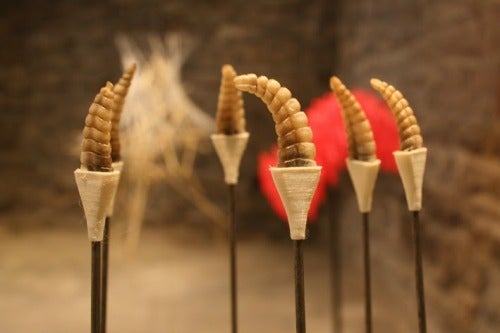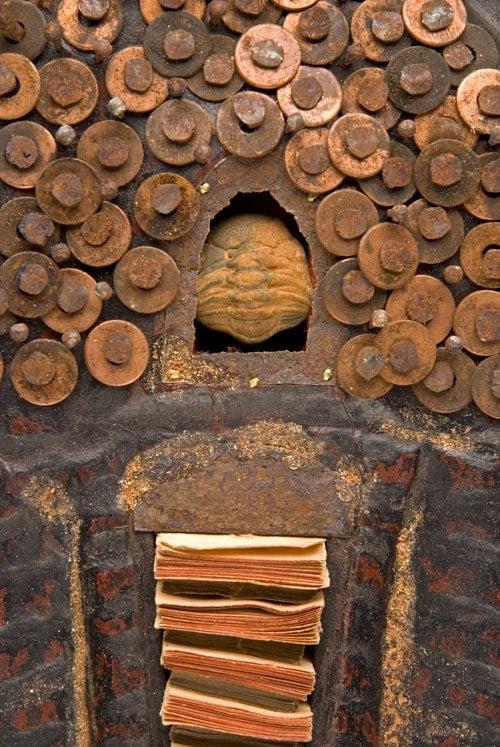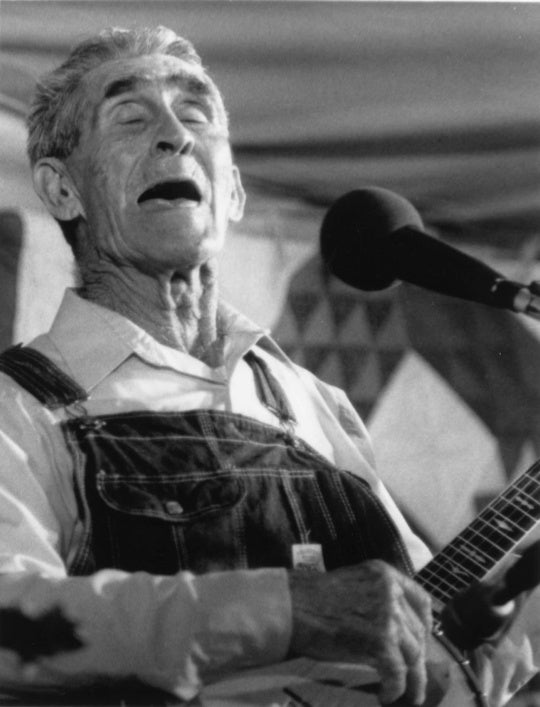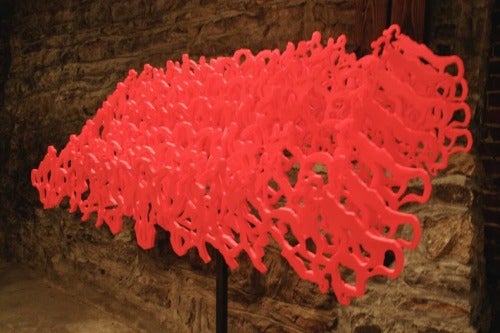
Greg Pond’s mixed-media installation “The Place You Will Wait for the Rest or Your Life” opened at Nashville’s Seed Space on November 1, during the monthly Arts & Music at Wedgewood/Houston events. Pond is a professor at the University of the South in Sewanee, Tennessee, but his connections to Nashville run deep: he is a founding member of Fugitive Projects —the creative collective turned curatorial endeavor whose gallery and studio space in the Wedgewood/Houston neighborhood, which operated from 1999 to 2004, is rightly credited with lighting the long wick on the current explosion of art spaces in the warehouse district. He’s represented by Zeitgeist Gallery, and it was an exhibition by Pond that opened that gallery’s expansive new Wedgewood/Houston gallery in May of 2013.
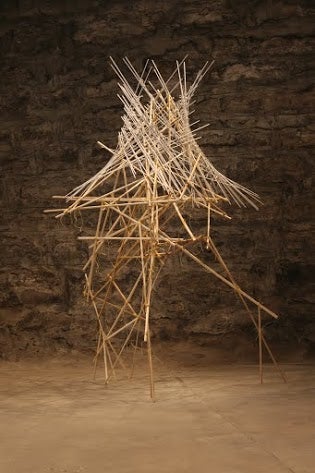
That show, “I’d Leave the Whole World Round” found Pond working in familiar territory—juxtaposing natural and artificial materials, comparing and contrasting manufactured and organic forms, interfacing with digital technology and 3D printing. “The Place You Will Wait” is the next chapter in Pond’s ongoing exploration of these same themes and materials, but it also includes collaborative work and elements of social practice art that speak more to Pond’s work as a documentary filmmaker than to his recent gallery exhibitions—Pond’s Born in Trench Town (2012) uncovers the web of social, architectural, and political histories that created and shaped the Jamaican neighborhood.
The Seed Space installation’s titular work is a wooden structure that resembles a house, an animal, and a mountain simultaneously. It’s made of what appears to be carved sticks, painted dowels and 3D printed parts—demonstrating an incremental exploration of materials from natural to artificial. Pond’s themes, structures, and materials resonate and reinforce one another throughout the show, and it’s this kind of aesthetic integrity that always makes Pond’s insightful, carefully crafted exhibitions so memorable.
Pink Mountain is a plastic, pink sculpture of a mountain range. Pond manipulated an original image to create the abstract shape of the sculpture, but at his opening he deflected a number of questions regarding what that original image was, preferring for the piece to retain a level of mystery. In a video on a nearby wall, Pond has deconstructed existing—and, again, unnamed—footage into a swarming pattern of black elements on a white background that seem to form ephemeral landscapes and designs before resuming their ongoing dance. Both pieces ask questions about identity and exploit viewers’ pattern-seeking visual perceptions.
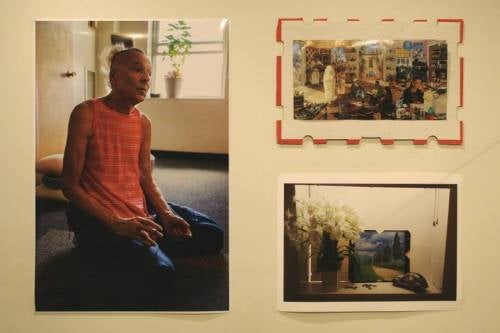
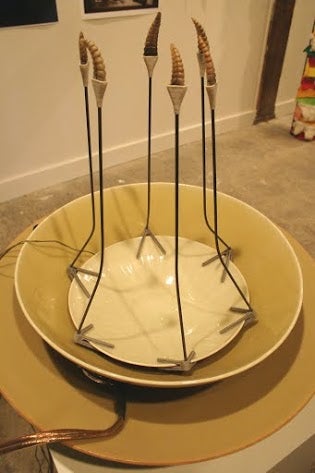
The exhibition includes two photographs by Chattanooga-based photographer Amy Johnson, who is working with Pond on a documentary project about Patten Towers—a Section 8 housing facility in Chattanooga. One photo is a portrait of a Patten resident named Crazy Horse, who has some of his own art on display in the form of a collage and Magic Marker declarations like “Happiness is pain, anger, sadness and wonder” and “Evil is anger, pain and revenge.”
These works seem out of place at first, but there are Utopian themes connecting Pond’s building techniques, the history of Trench Town, the evolution of American public housing and Crazy Horse’s aphorisms. As Pond and Johnson’s project continues, these common themes will likely emerge in greater relief, allowing these collaborations to find a better fit in Pond’s overall body of work.
Rattlesnake Bowls is an audio work, a collaboration with Jesse Thompson, that sounds like a distorted recording of a conversation. Pond amplifies the sound by attaching transducers to a series of concentric ceramic bowls decorated with 3D printed posts topped with the viper rattles. The sculpture is full of contradictions—Pond constructs an elaborate “speaker system” for a message no one can understand and the snake rattles are strikingly displayed, creating a counterintuitive attraction.
Secrets are compelling, and “The Place You Will Wait for the Rest of Your Life” is full of cryptic sights and sounds. Time spent with the show will yield discoveries, but just what are we waiting for and where? I’ll never tell.
“The Place You Will Wait for the Rest or Your Life” is on view at Seed Space through January 5.
Joe Nolan is a critic, columnist, and intermedia artist in Nashville. Find out more about his projects at www.joenolan.com
